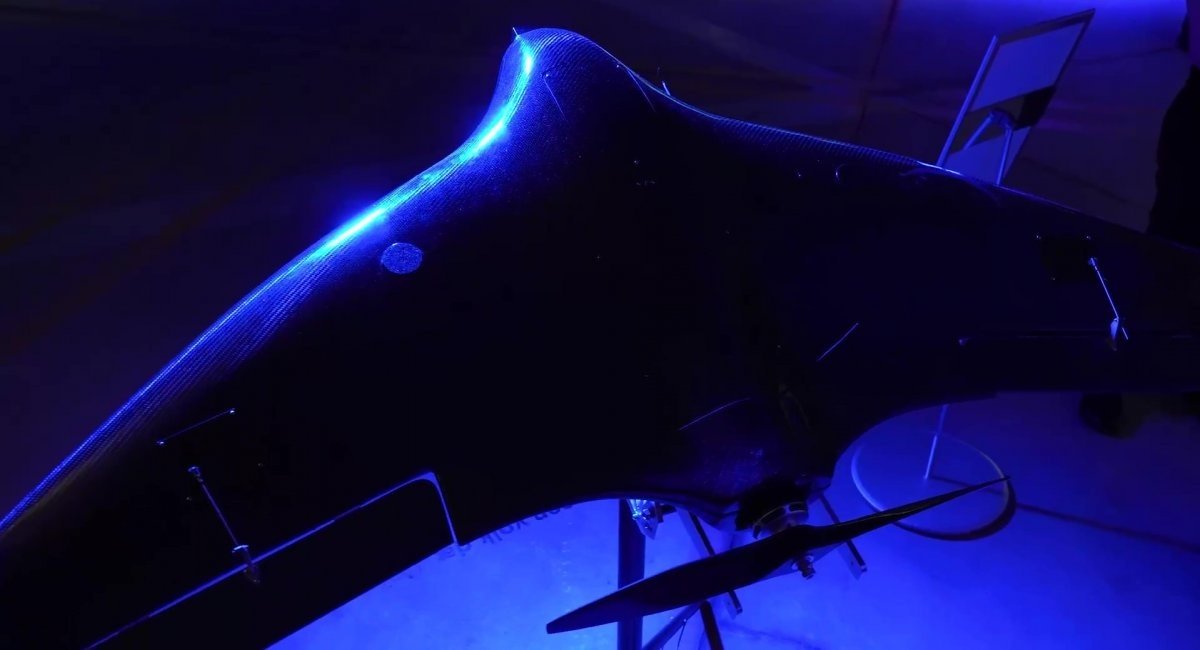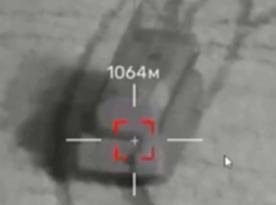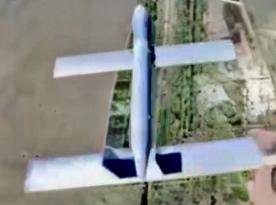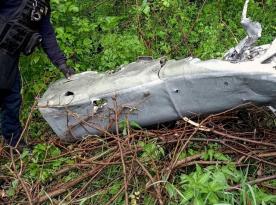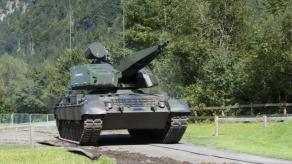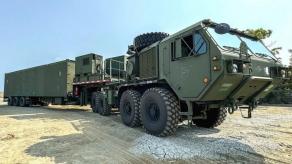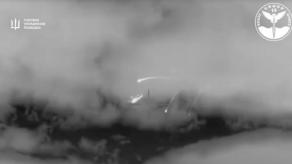At an exhibition of Ukrainian-made drones, a new anti-aircraft drone was presented to the Belgian Prime Minister and representatives of Belgian defense companies. Designed to counter russian Shahed-136/131 loitering munitions, the product is already in use and helps repel enemy air attacks, the unnamed developer noted.
In particular, it was announced that over the past two months, from February to March 2025, drones of the new type had downed more than 20 Shaheds and about 10 reconnaissance UAVs.
Read more: Ukraine Officially Reveals the System That Reduced the Effectiveness of russian Glide Bombs
The main challenge when it comes to repelling a Shahed with existing anti-aircraft FPV drones is its speed: the loitering munition can cruise at 180 km/h. A conventional FPV drone cannot achieve such speeds, which is why a new specialized model was needed.
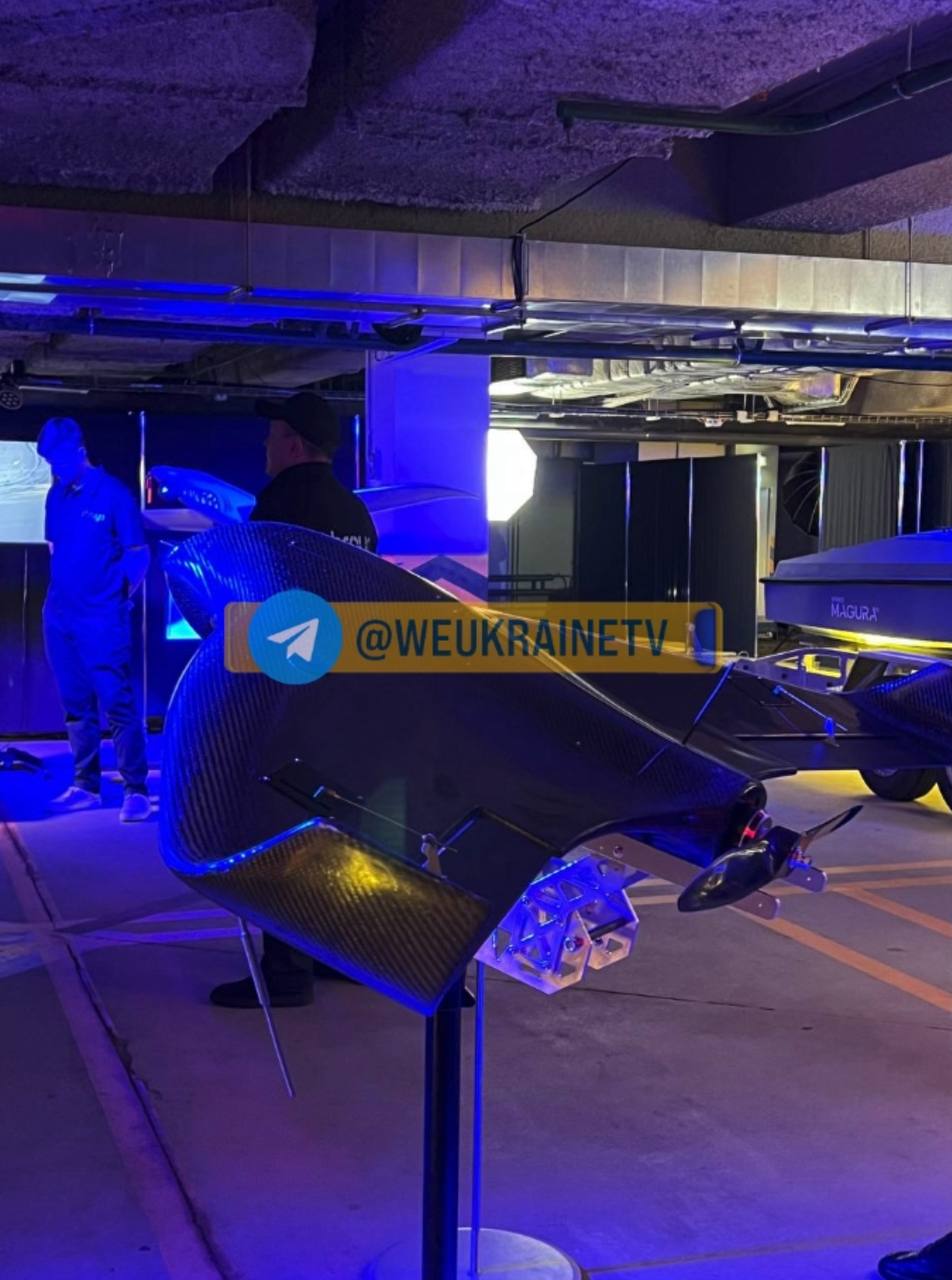
The following specifications of the new drone are known: an operational ceiling of 5 km and a speed of up to 200 km/h, but the range has not been announced. It stands out for its ability to intercept targets at high altitudes, where mobile fire groups with machine guns are no longer effective.
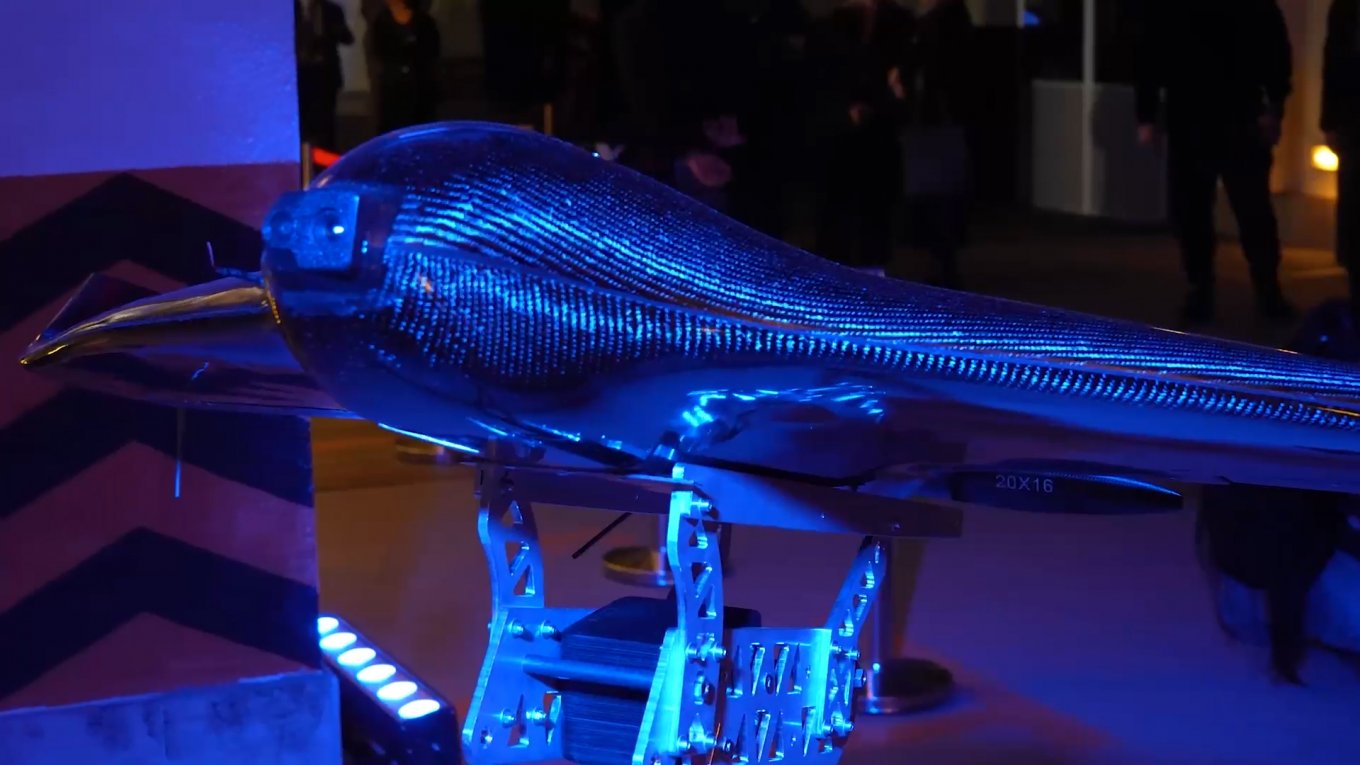
Surprisingly, the new drone is an airplane-type platform built using the "flying wing" design. It goes against the previously observed trend to use quadcopter-type vehicles for air defense needs, reflected in numerous videos showing russian reconnaissance UAVs being taken down by copters; the fastest models, meanwhile, usually feature a rocket-like design — such as the one developed by the Wild Hornets workshop.
The drone's body is made of carbon fiber, and manufacturing UAVs using this material is more costly than producing a body or frame with a 3D printer. The drone is powered by a single electric motor. Two cameras are located in the nose: a standard daytime camera and what seems to be a thermal imager for night-time target detection. Also, algorithms for camera image analysis might be employed to measure the distance to the target.
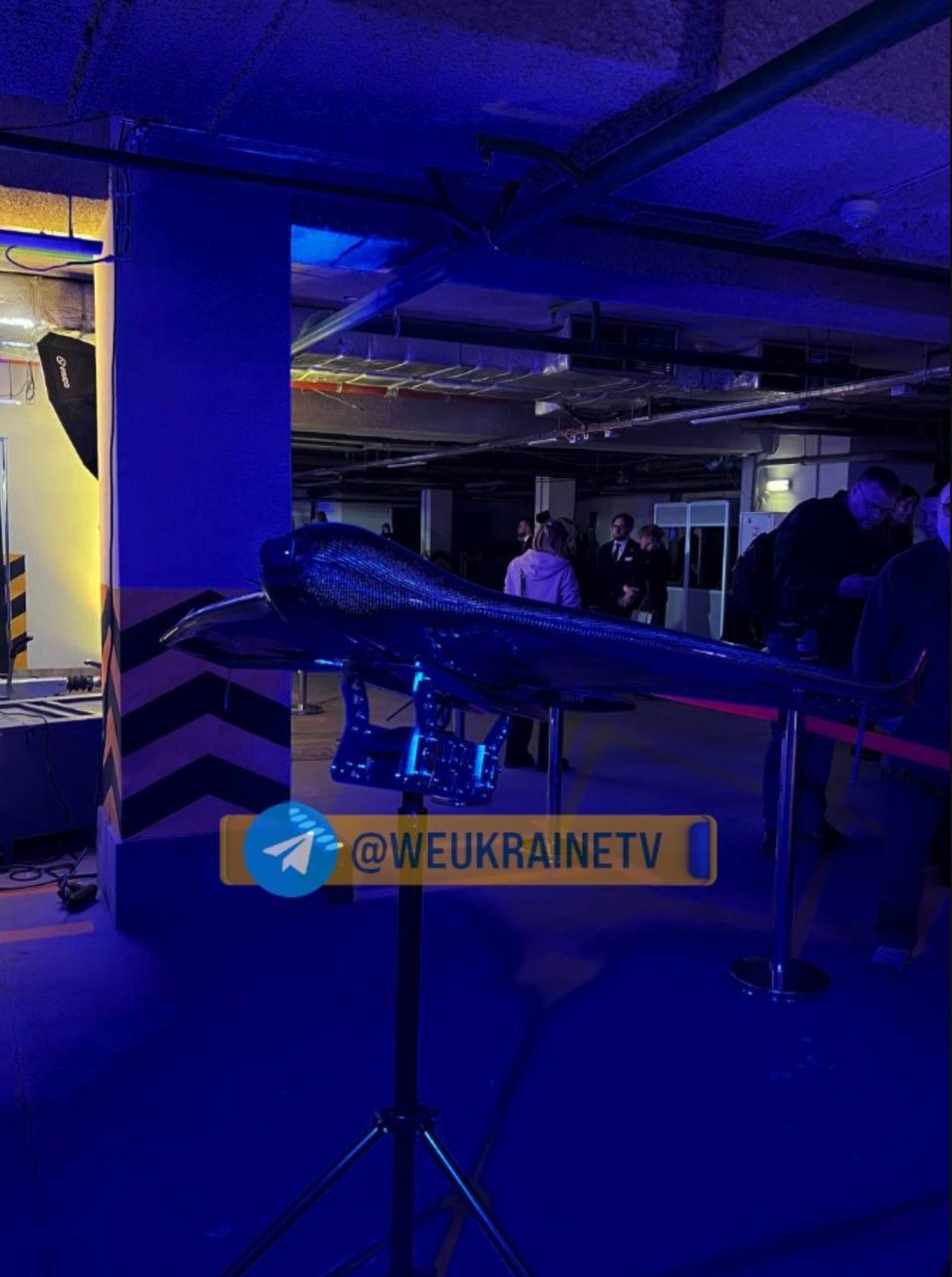
The warhead trigger is likely initiated either by the operator's command or automatically as it approaches the target. Overall, the new drone is expected to be inexpensive compared to anti-aircraft missiles and become a convenient tool for destroying enemy UAVs, including Shaheds.
Earlier, Defense Express reported that Ukrainian Forces had taken down one of russia’s costliest recon UAVs, the Merlin-VR, using a drone.
Read more: Satellite Captured russia Bring Su-35 to Algeria and Revealed the Number of Operational Su-57s




